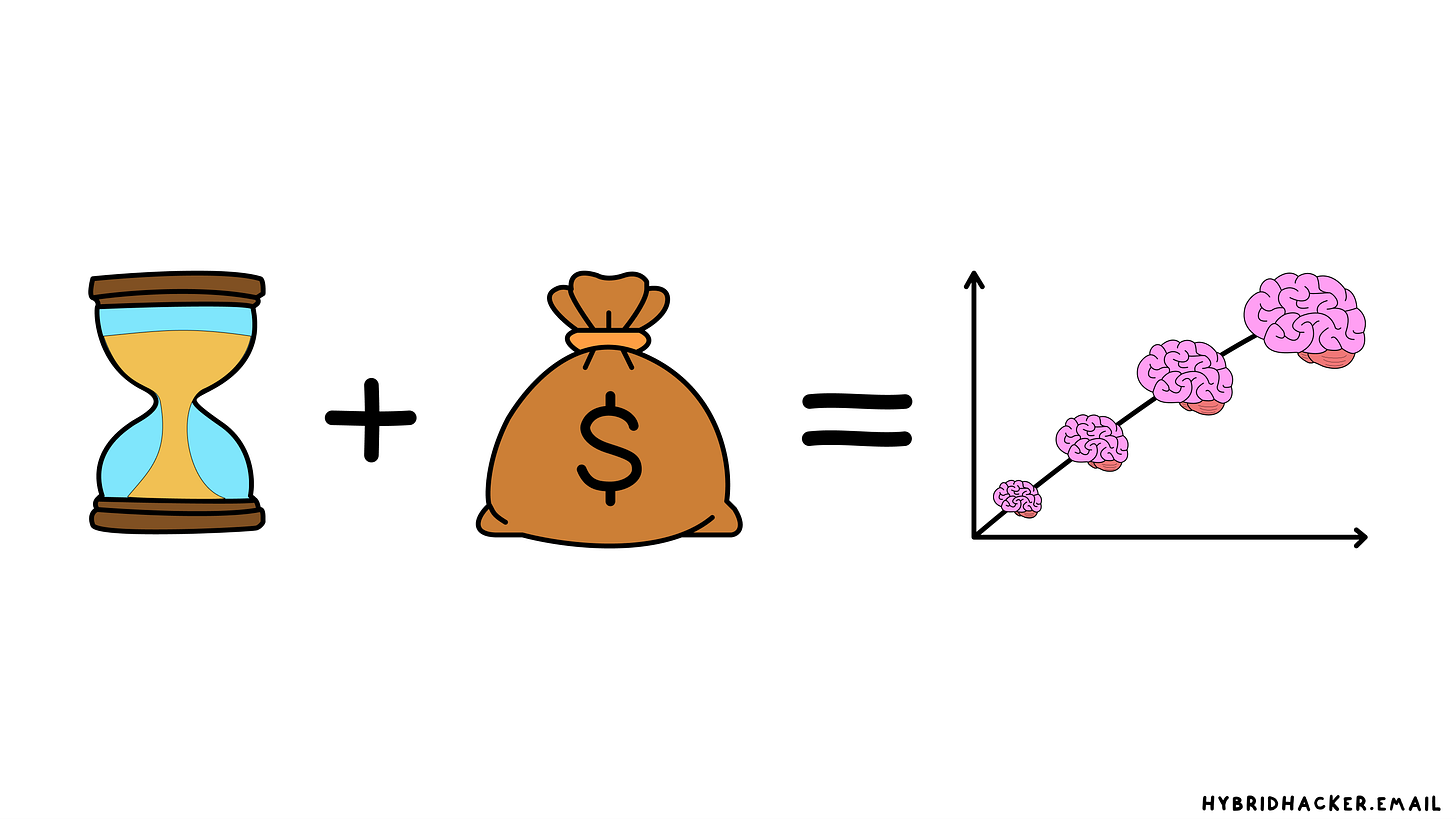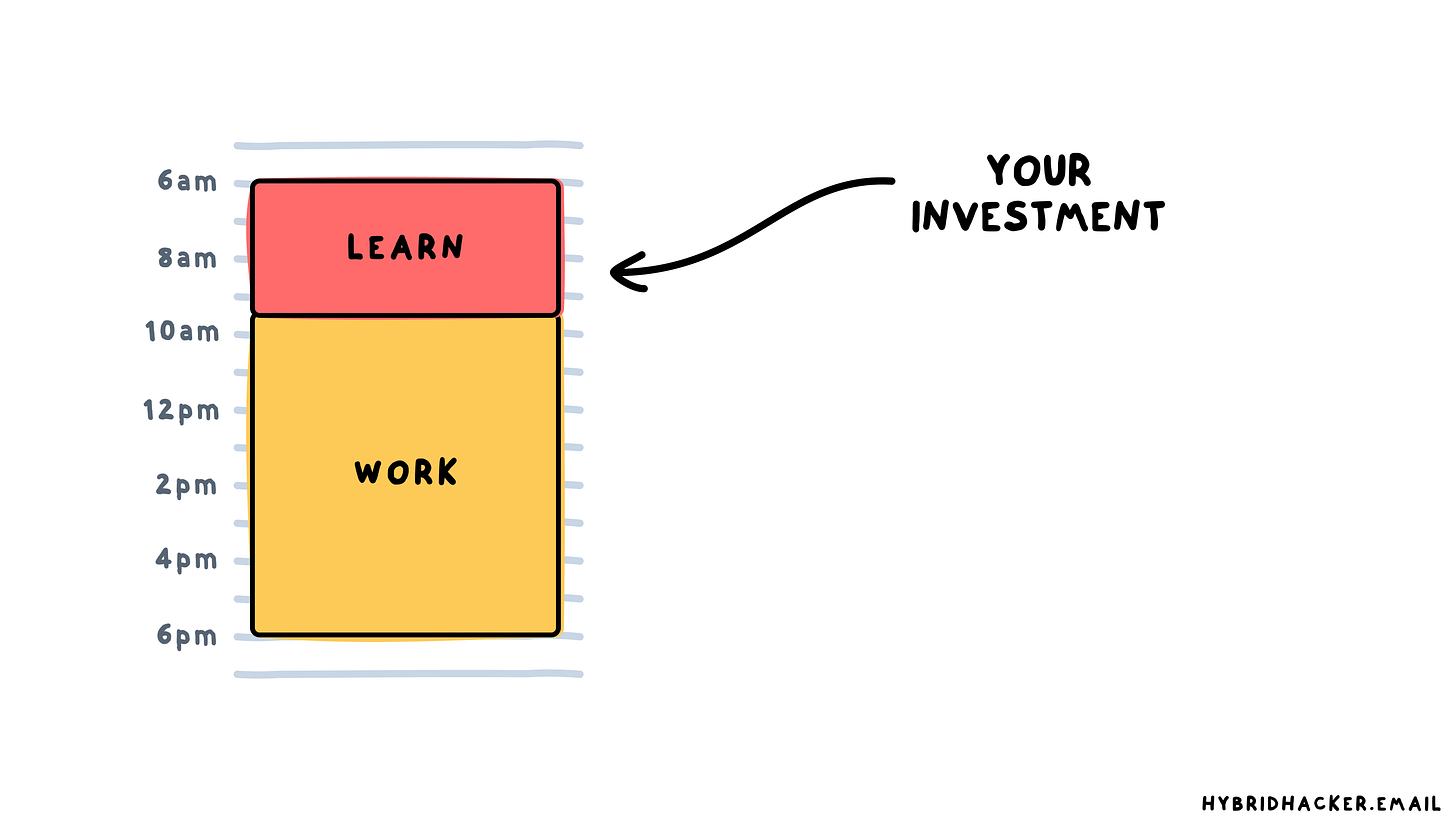Investing in Your Engineering Manager Career
How to Invest in your Career Growth as an Engineering Manager
One thing I often observe is that people are promoted to the Engineering Manager role, and then they become deeply absorbed in their new responsibilities. Some are lucky enough to receive coaching from their leaders, but many find themselves navigating the role mostly on their own.
During my first experience as an engineering manager, I found myself in this situation without the luck of having someone to coach me. I managed to survive, and learning the hard way probably had its benefits. However, I often wish I had invested more in my personal growth within this role and that I had known what steps to take.
This is why today, I've decided to write about this topic and explore the following areas:
💼 The different ways of investing in your career growth as an Engineering Manager
💡 Where to focus your investments to foster your career growth
So, let's begin!
💼 Ways to Invest in Your Own Growth
Investing in your professional development can take various forms, but it primarily boils down to two key resources:
⏳ Time
💰 Money
The amount of time and money you dedicate to your career growth is subjective and depends on various factors. However, the crucial point is to allocate a portion of both and fully commit to your investment.
Time
Time is your most precious resource and probably the first type of investment you'll have to plan if you want to grow in the Engineering Management role. Your schedule as an Engineering Manager can be demanding, but setting aside dedicated time for learning is essential.
For instance, as of today I'm committed to dedicate 2 hours/day to learning. However, this allocation can vary depending on where you are in your career and personal life. The main idea here is that it's essential to plan and stick to spending some of your time on learning.



